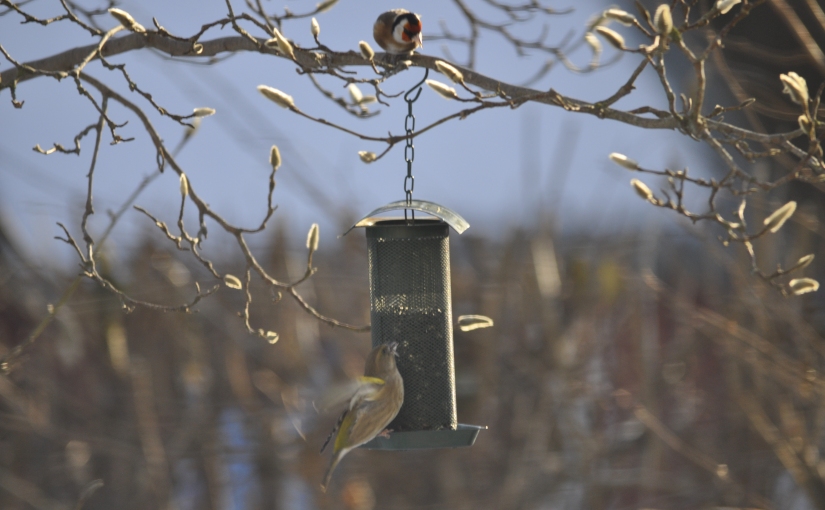This is the first part of an occasional series that I intend to write about why it’s so difficult to forecast the weather. In the UK the forecast can be notoriously wrong but it seems to me that most people have no idea how difficult it is to make a good forecast, especially in a maritime climate with air masses coming from all sides. This first piece is based on something I wrote for an online forum when another forumite complained that there were two different forecasts for their area that never seemed to agree.
The divergence between two weather forecasts for the same area over the same period can actually come from a whole range of differences between the different forecasters. In Europe most forecasters use the same observational dataset provided by the European Centre for Medium Range Weather Forecasting (ECMWF). This cuts out one set of problems as weather is famously chaotic and very small changes in starting conditions can lead to big changes in outcome, otherwise known as the butterfly effect. The famous storm of 1987 which destroyed millions of trees in southern England and caused millions of pounds of damage but which was not forecast accurately turns out to have been a super unpredictable event as shown in this talk given at the American Geophysical Union in San Francisco in December 2010. However, chaos theory is fascinating in it’s own right so perhaps I’ll give it a post to itself another time.
In day to day forecasts, the biggest difference is probably in the resolution of the model (if you imagine that an area, say the UK, is divided up into little squares, the computer model solves a whole lot of equations for each square).
If the square is 5km by 5km in size then some processes, and a lot of the topography will be smoothed out, but if the square is 500m by 500m then a lot more will be captured. Imagine a hill of 1000m rising out of a flat plain only 100m high in a particular location. The elevation of the square is the average of the whole elevation. In the 5km by 5km model, the entire hill and an equal area of plain is captured so in the square the average elevation may be 500m, but in the 500m by 500m model it may need 4 squares to accurately cover the hill alone and each square will have a different elevation.
Temperatures typically go down as you go higher, and rain will fall as the air cools, so if the hill isn’t “resolved” in the model the prediction may be unrealistically warm and dry. This is why forecasters like high resolution models, but that resolution comes at a high cost, because you need to increase the vertical resolution (the number of squares in the atmosphere) and reduce the length of time between each calculation as the horizontal resolution increases.
Another source of difference are the actual equations solved in the model. These can be formulated in different ways and with different approximations and are often “tuned” so a model that works really well in Scotland is unlikely to be so successful in the Sahara (where I imagine forecasting is actually pretty easy – it’ll be hot and sunny). That’s not to say the models are “wrong” just that they perform better in some circumstances than others and are designed for different purposes often.
Finally, a further important difference is the updating of the model with real time observations and at the boundaries. Most models are not run for the whole wold, but only a small portion (the whole world can be run at a resolution of about 20km nowadays, but it takes a lot of very expensive computer power). More effective is running a small section (say the UK), and telling the computer what is happening at the edges of the box based on satellite and ground observations. These can also be fed in to the area within the model to nudge it in the right direction. In practice as I mentioned earlier, in Europe most national agencies get this information from a single source, the ECMWF. Also, the models tend to be “better” than the observations (as measurements can go wrong, instruments might be wrongly calibrated etc), so at any given moment a weighting of about 40% is applied to observations and 60% for the model, depending on what in particular you’re looking at.
So the accuracy of any forecast depends on where you live and also how far in the future you need your weather to be reliable. Most forecasts aren’t bad up to 3 days in advance in general terms but the specifics can change quickly. Beyond that to 5 days is more tricky and depends on the large scale situation, for example is there a stable high pressure dominating or a series of storms and which way will a weather system move. Beyond a week to 10 days the forecasters are basically just guessing (at least in a maritime climate like the UK) and this why the met office has recently discontinued seasonal forecasts as they can be very unhelpful.





